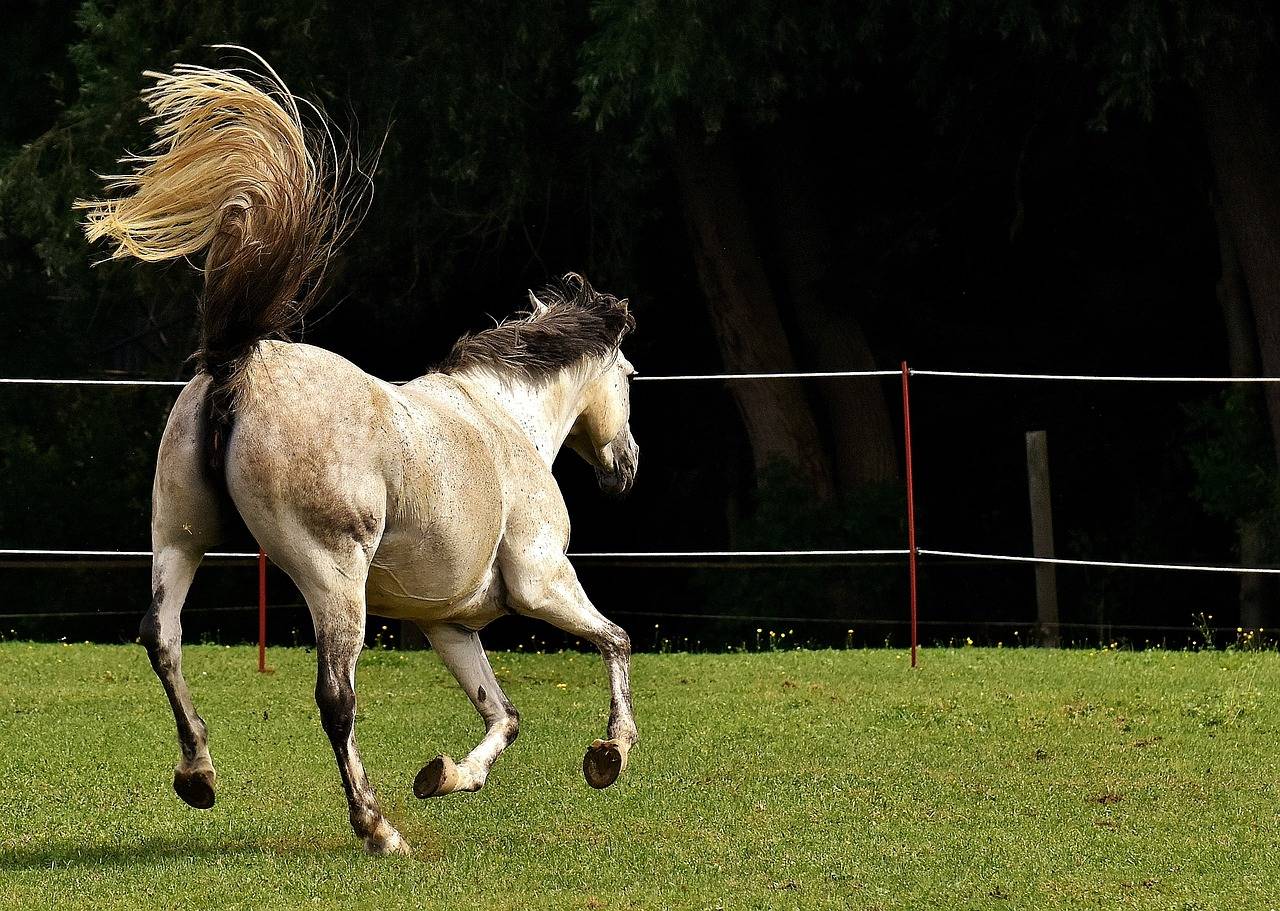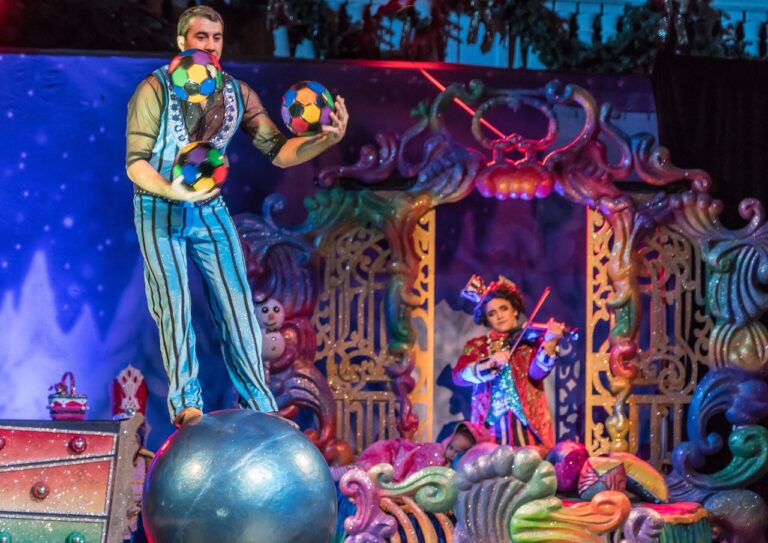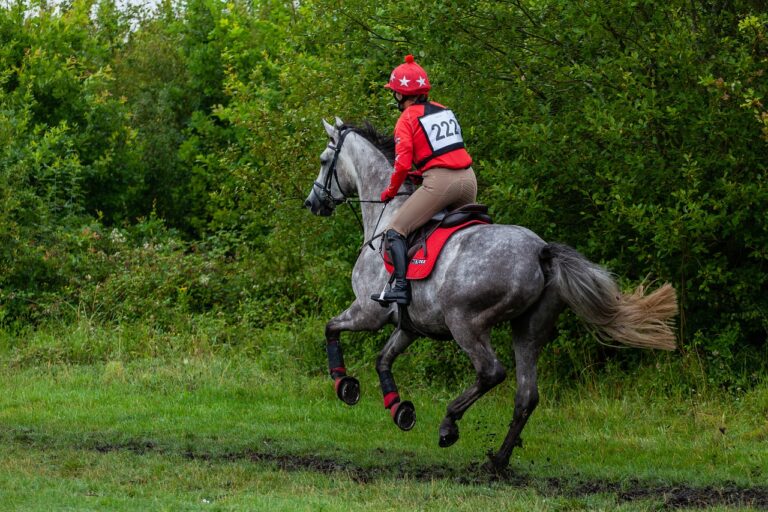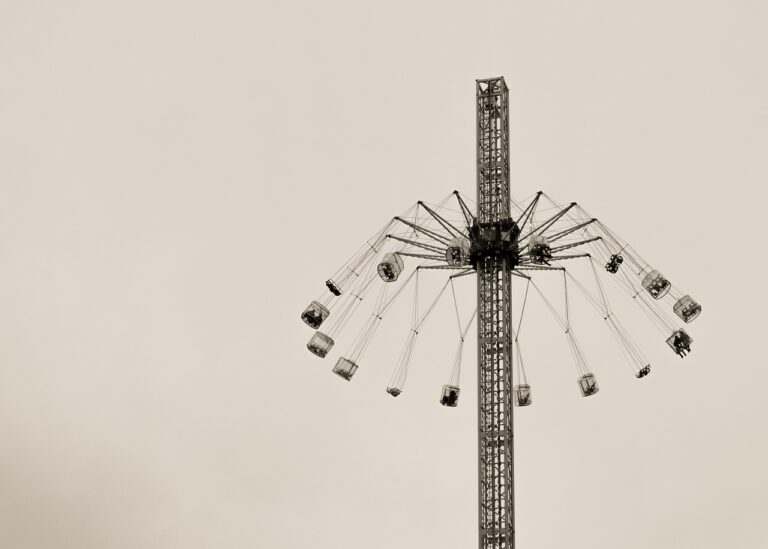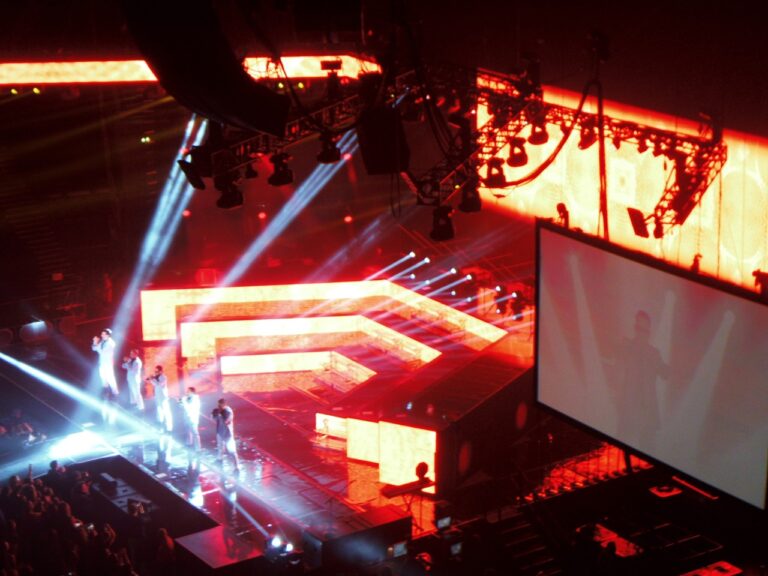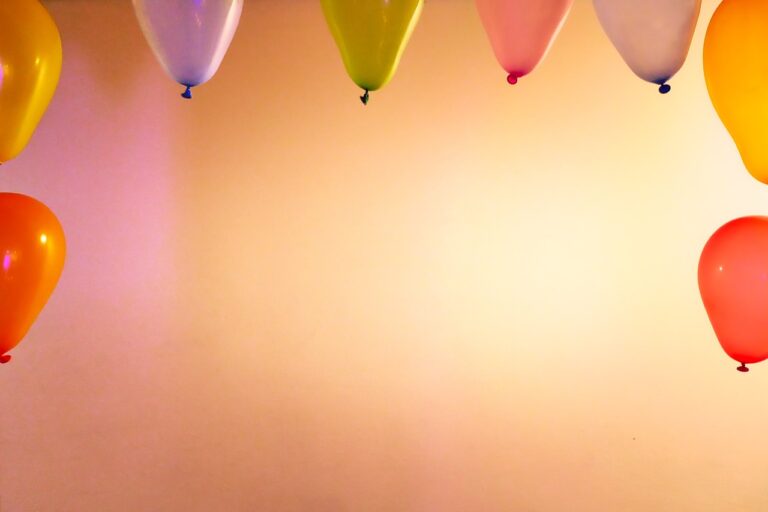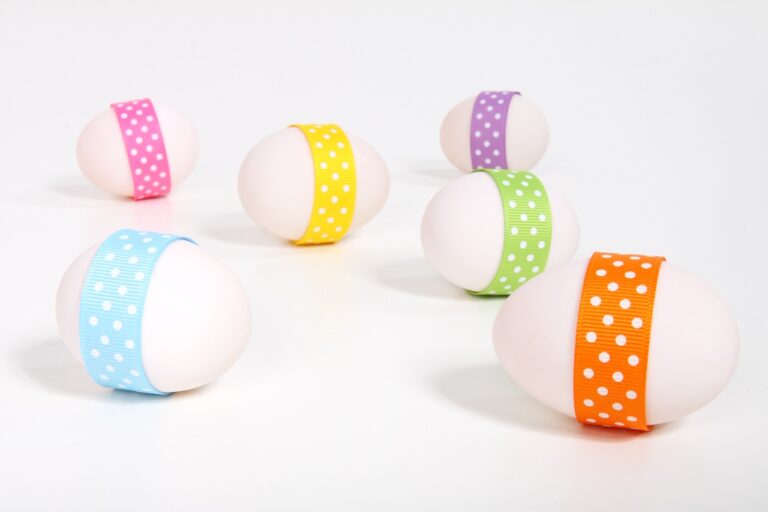The Role of Lighting Design in Setting the Mood in Escape Room Environments: Betbhai9 com sign up, Radheexchange, Lotus 365.io
betbhai9 com sign up, radheexchange, lotus 365.io: The Role of Lighting Design in Setting the Mood in Escape Room Environments
Whether youre participating in an escape room for fun with friends or as a team-building exercise with coworkers, one thing that can make a huge difference in your experience is the lighting design. The right lighting can help create the perfect atmosphere for solving puzzles, working together, and ultimately escaping before time runs out.
Heres how the role of lighting design in setting the mood in escape room environments can enhance your overall experience:
Creating an Atmosphere of Mystery and Suspense
One of the key components of a successful escape room is the element of mystery and suspense. Lighting design plays a crucial role in setting the mood by creating an atmosphere that keeps participants on edge and engaged. By using dim lighting, shadows, and strategic placement of lights, escape room designers can evoke a sense of tension and anticipation that adds to the overall excitement of the game.
Enhancing the Theme and Storyline
Escape rooms often have a specific theme or storyline that sets the stage for the challenges that participants will face. Lighting design can be used to enhance this theme and immerse players in the world of the game. For example, a medieval-themed escape room might use flickering torches and candlelight to create an ambiance of an ancient castle, while a futuristic sci-fi room could use neon lights and flashing LEDs to evoke a high-tech, otherworldly feel.
Guiding Players and Directing Attention
In the midst of solving puzzles and deciphering clues, its easy for players to become disoriented or distracted. Lighting design can help guide participants through the room and direct their attention to important elements of the game. By using bright lights to highlight key objects or dim lighting to indicate hidden passages, escape room designers can subtly steer players in the right direction without giving away the answers.
Creating a Sense of Urgency and Excitement
Time is of the essence in an escape room, and lighting design can help create a sense of urgency and excitement as the clock ticks down. By using strobe lights, pulsating colors, and flashing effects, designers can ramp up the energy level and keep players focused on the task at hand. The right lighting cues can add an extra layer of intensity to the game and make the experience more immersive and thrilling.
FAQs
Q: Can lighting design affect the difficulty of an escape room?
A: Yes, lighting design can have a significant impact on the difficulty level of an escape room. By adjusting the brightness, color, and placement of lights, designers can make certain puzzles or clues more challenging to find or solve.
Q: What are some common lighting techniques used in escape rooms?
A: Some common lighting techniques used in escape rooms include black lights, UV lights, strobe lights, flickering lights, and hidden LEDs. Each of these techniques can create unique visual effects and enhance the overall ambiance of the room.
Q: How can players use lighting to their advantage in an escape room?
A: Players can use lighting to their advantage by paying close attention to subtle cues and changes in the lighting. By being observant and strategic in their use of light sources, players can uncover hidden clues, solve puzzles more quickly, and ultimately escape the room faster.

